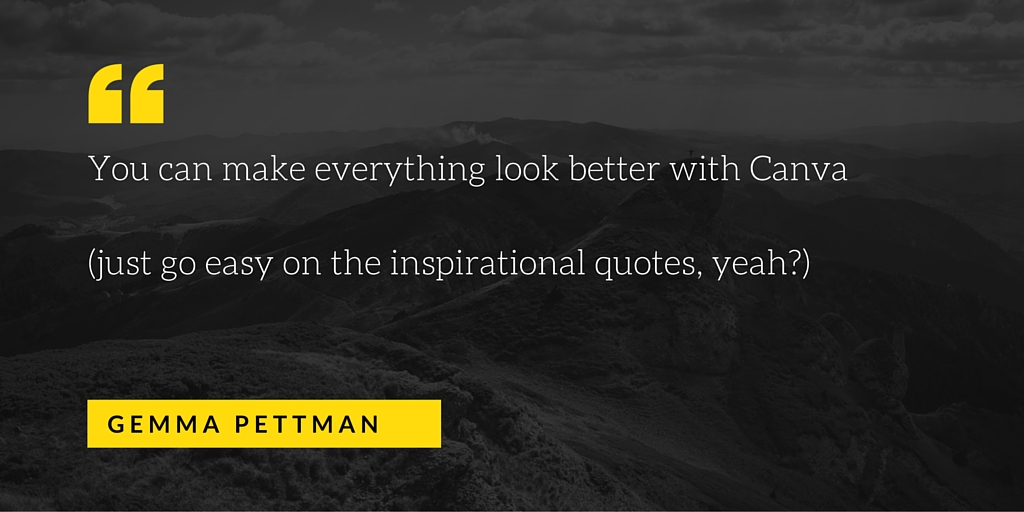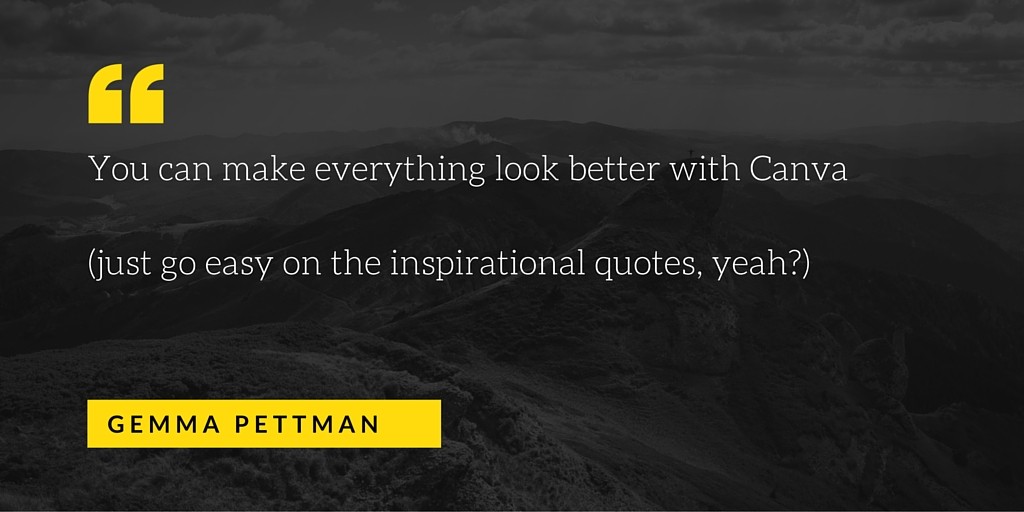Resources to help small charities ace social media
This week I spoke to a group of small charities and non-profits at an event held at Christchurch University in Canterbury. It was part of a wider programme which is looking at the transformative potential of social media and it was great to meet so many enthusiastic staff and volunteers from across Kent. There was great interest in how social media could help them to reach more people but this was coupled with a sensed of frustration, particularly around the lack of time and physical resources their organisations can put to social media.
With this in mind I have put together some of the hints, tips and free resources I find really helpful:
Creating content
If you’re not on the front line of service delivery, you may be reliant on your colleagues sharing details of the activities they’re involved with. If you don’t have a regular staff meeting, consider circulating a weekly form to collect information. I have done this myself and yes, it always gets off to a slow start, but once colleagues see their good work in the spotlight, it motivates them to keep you updated. Contact me if you would like me to email you a template form that you can adapt to suit your organisation.
While we’re on the subject of your colleagues, do encourage them to like/follow your organisation online. I’m often surprised by how few employees are connected to their charities pages and feeds.
Try to get at least three posts from every one piece of content or activity. For example, if you teach cooking skills to elderly people you could perhaps post:
- a picture of the activity/the meal they made
- a comment from one of the participants about what they gained from taking part
- the recipe they cooked so your followers can try it for themselves
Don’t forget ‘evergreen’ content. Not all of our organisations will generate news every day or even every week so think about the sort of content you can create in advance and share when you don’t have much else to say. Top 5 tips, how to guides (you could even film these on your phone), ten things you can do with….. are all posts that could be timeless.
Nothing can turn us into an A-grade graphic designer overnight but tools such as Canva help create more appealing content. Plain text gets completely lost on Twitter and Facebook so use Canva to create your own infographics and add text to your photos. Using the cookery class example above, a picture of a participant chopping veg could be overlaid with his or her comment about the session.
Sharing content
Finding content can be a famine or feast situation; either you’re scratching around to find relevant information to share or your inbox is completely overwhelmed with articles, posts and survey results. Set up Google alerts on topics relevant to your work and you will receive a collection of shareable articles in your inbox at the time of your choosing.
While you’re trawling the internet, sign up for email newsletters produced by your competitors and others working in your field. There’s likely to be content you can share (and make friends doing so) but you’ll also get lots of new ideas on how to present important information.
Pocket has become my filing cabinet on the go. I use it to store articles, blogs and thought leaders that I can use in future posts. Pocket is great because you can tag articles and therefore keep items on the same topics together. It also handily syncs between your phone and computer. You could use Google docs in a similar way.
Save yourself time
Scheduling tweets enables you to share information consistently and at times when your followers are online. Don’t fall into a trap; you must still keep on top of your notifications and wider conversations relevant to your cause. Buffer is my favourite for scheduling (the analytics are really helpful – see below) but I also use Hootsuite to monitor specific hashtags so I don’t miss important conversations.
Analytics can help you to work out which of your posts appeal most to your audiences and the best time to share content. Twitter, Facebook and Buffer all offer free analytics and it’s well worth setting aside a little time to explore them. You can check the popularly of individual posts, the age range of your visitors, the times at which they’re online – a wealth of information. Don’t forget Google Analytics too! There are lots of free online tutorials to help you get the most out of this free service
More help here
I mentioned the Small Charities Coalition, Knowhow Non-Profit and Charity Comms at the Christchurch Uni event as they should, in my humble opinion, be on every charity communicator’s favourites bar. Covering everything from social media policy to case studies on charities that are making a huge impact online, regular visits to these sites will serve you well.
For more tips on excellent web resources and hints on the best charity tweeters to follow, online forums to get involved with and blogs to read, check out this post from Kirsty Marrins (who also spoke at the event).
Have I missed a social tool that you love? Let me know what saves you time, finds you great content or helps you reach more people.
Categories
- Content Creation (3)
- Events (6)
- Freelance Life (5)
- Guest Post (1)
- Media Relations (2)
- Social Media (11)
- Storytelling (8)
- Tips & tricks (9)
- Volunteering (5)





